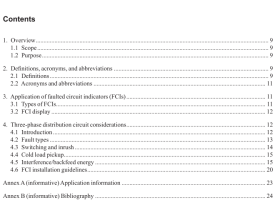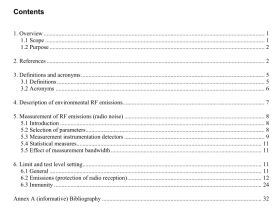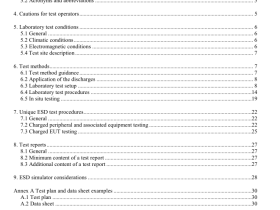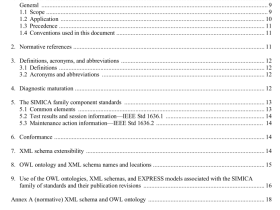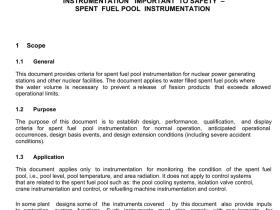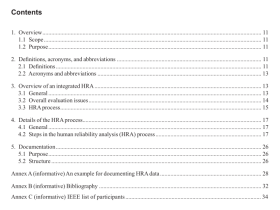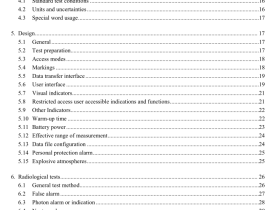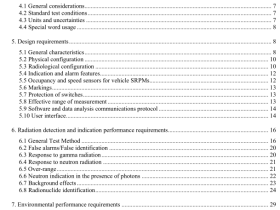IEEE Std 1660 pdf download
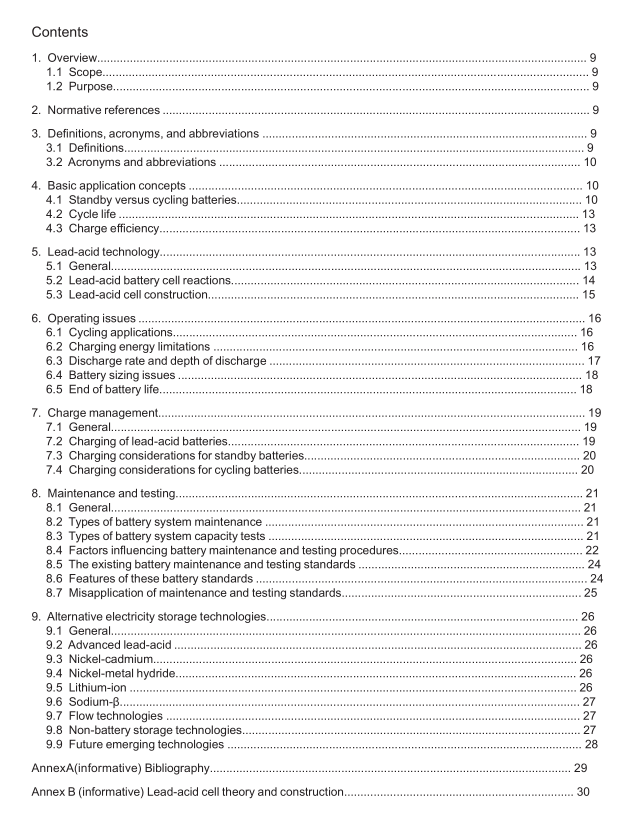
IEEE Std 1660 pdf download IEEE Guide for Application and Management of Stationary Batteries Used in Cycling Service
Recent advances in lead-acid technology for cycling applications are grouped under the heading of tadvancedlead-acid'(see 9.2).
5.3.3 Selection criteria for lead-acid batteries in cycling applications
The nature of the application should be analyzed to determine if a vented or VRLAbattery is preferred.
The published characteristics of the relevant batteries should then be used to determine themost suitable model for a specific cycling application.
When specifying a battery for a cycling application, it is prudent to seek assurance that it was designed withconsideration of the unique cycling requirements of that application.Consult the manufacturer for cycle-service test data, expressed as the number of cycles as a function of DOD.
6. Operating issues
6.1 Cycling applications
The following cycling applications are characterized by intermittent charging from a variety of sources:
Renewables (wind, PV , etc.)
—Engine-driven generators (cyclic operation)
—Hybrid systems (e.g., a renewable source and an engine generator)
-Grid-connected chargers (where grid power may suffer frequent interruptions)
The loads in these applications can be highly varied, but are typically categorized as longer-duration energyloads, shorter-duration power loads, or a combination of both. Battery sizing and design issues for differentload types are discussed in 6.3,6.4, and 6.5.
An emerging class of applications is one in which the battery acts as a power buffer.The primary energy sourcein these applications is generally available but is frequently insufficient to supply the imposed loads. This maybe because the loads exceed the rated output of the energy source, or because the rate of change in the loadsexceeds the capability of the energy source to respond. When the load level falls below the rated output of theprimary source, the battery is recharged.
The most prominent application in this class is distributed generation,in which relatively low-outputgenerators are sited close to the loads they supply.Because these generators respond relatively slowly to loadchanges, batteries may be installed to improve the load response. Batteries are also required to supply startingpower when the grid is not available.
This type of buffer operation may also require a battery to absorb power as generator output is ramped downafter a load has been abruptly terminated.The most efficient way to accommodate this is to operate the batteryin a less than fully charged state.
6.2 Charging energy limitations
One of the fundamental differences between standby operation and many cycling applications is the availabilityof energy for charging, particularly where this is from renewable sources.An implicit assumption in standbyapplications is that charging energy is essentially unlimited, and it is simply a question of how quickly thebattery should be recharged. With renewables such as PV and wind, however, energy output can be highlyvariable on a diurnal and/or seasonal basis. Economic limitations also dictate that the output of PV panels beminimized to the extent practical. Batteries may therefore be subjected to cycles of varying depth, frequentlywith incomplete recharge between discharges. This can pose a challenge to both battery design and sizing.
This type of operation can lead to an apparent fading of capacity (also called “walk-down” or “ratcheting”). This is more correctly described as an SOC imbalance between the positive and negative plates, which occurs because the negatives of both lead-acid and nickel-cadmium cells tend to recharge more efficiently than the positives. Prolonged cycling operation with incomplete recharging is known as PSOC cycling. PSOC operation can be damaging for some battery types, and there is a general need for periodic equalizing and/or maintenance cycles to remove the imbalance. Some lead-acid cells can also suffer from a type of premature capacity loss, so it is important to use designs that are appropriate for this type of operation. Charge input may also be limited by system voltage constraints.All batteries require a certain voltage window in which to operate. A higher-than-nominal voltage is used for charging, and the battery voltage falls on discharge. The extent to which the voltage is allowed to deviate from the nominal is frequently limited by the connected equipment (loads). The most important requirement is that the charge voltage be high enough for the battery to be recharged effectively.
If the voltage window is narrow, however, it may be necessary to compromise and lower the charge voltage so that the battery can be discharged to a minimum voltage that allows for reasonable capacity utilization. If this is the case, the battery will require a longer charging period to be completely recharged. An alternative may be to disconnect the battery from the load and perform offline recharging at higher voltage and controlled current. This can be achieved by adjusting the connected charging device parameters or by using an additional charger with or without a generator.
